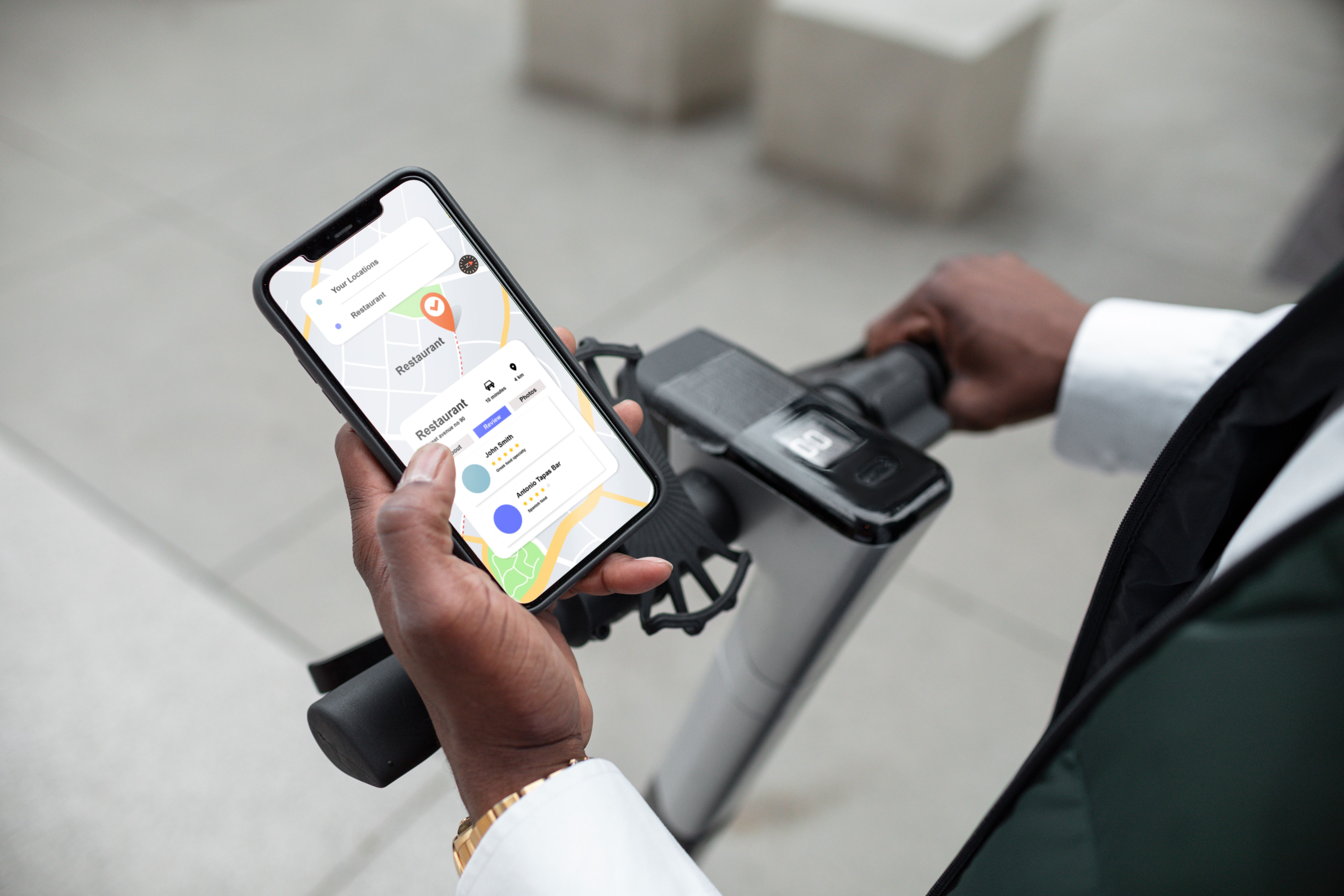

The Future of Peer-to-Peer (P2P) Delivery Systems: A New Era of Logistics
The logistics industry is on the brink of a revolution, and peer-to-peer (P2P) delivery systems are at the forefront of this change. Gone are the days when traditional courier services were the only option for sending packages across towns, cities, or even countries. P2P delivery, powered by everyday people and technology, is reshaping how we think about shipping and receiving goods. In this post, we explore the future of P2P delivery systems and why they’re set to disrupt the logistics landscape.

What Is P2P Delivery?
P2P delivery is a decentralized approach to logistics that connects senders directly with individuals, often travelers, who are heading in the desired direction. Instead of relying on conventional delivery companies, P2P platforms like Carry Come match senders with travelers already on their way, creating a flexible, cost-effective, and more personalized delivery solution.
Example: Imagine needing to send a package from Lagos to London. Instead of paying high fees to traditional carriers, you find a traveler on Carry Come who’s already making the trip and is willing to take your parcel for a fee—making the process smoother, faster, and often cheaper.
Key Drivers of P2P Delivery Growth
Several factors are driving the rise of P2P delivery systems, making them an increasingly attractive option for senders and travelers alike:
The Sharing Economy Boom: The same principles that made ride-sharing and home-sharing popular are fueling P2P delivery. People are looking to monetize everyday activities, and P2P platforms provide an easy way to earn extra income by delivering parcels during their travels.
Technology Advancements: AI, machine learning, and real-time data analytics are at the heart of P2P delivery platforms, enabling better route optimization, matching, and customer service. These technologies ensure that packages are delivered efficiently and securely.
Consumer Demand for Flexibility: Today’s consumers want convenience and control. P2P delivery offers the flexibility to send and receive parcels on your terms, not on the fixed schedules of traditional carriers. It’s about finding a delivery solution that fits your needs and timeline.
Cost-Effectiveness: By leveraging existing travel routes, P2P delivery significantly cuts down costs associated with traditional logistics—like warehousing, dedicated transportation, and last-mile delivery networks. This cost efficiency is passed down to both senders and travelers.
Sustainability Focus: As the world becomes more conscious of environmental impacts, P2P delivery offers a greener alternative. It reduces the carbon footprint by utilizing existing travel plans rather than adding new trips, aligning perfectly with the global push towards sustainability.
The Future Trends Shaping P2P Delivery
As P2P delivery continues to evolve, several trends are set to shape its future:
Greater Integration of AI and Predictive Analytics:
- Future P2P platforms will increasingly rely on AI to predict high-traffic routes, optimize matches between senders and travelers, and anticipate potential delays. This will lead to faster, more reliable deliveries that adapt in real-time to changing circumstances.
Enhanced Security Measures:
- Security is always a concern in P2P transactions, and future platforms will integrate advanced verification technologies, digital signatures, and blockchain for secure, traceable deliveries. Enhanced insurance options will also be available to protect both senders and travelers.
Expanding Beyond Borders:
- As P2P delivery grows, it will expand its reach beyond local and national borders, making international shipping easier and more accessible. Imagine sending gifts, crucial documents, or small parcels across continents, facilitated by travelers who are already making those trips.
Gamification and Incentives:
- To encourage more participation, future P2P platforms will introduce gamification elements—like rewards, badges, and bonus payouts. By gamifying the delivery process, platforms can keep travelers engaged and motivated, filling underutilized routes and enhancing overall efficiency.
Integration with Other Sharing Economy Services:
- P2P delivery platforms will likely integrate with other sharing economy services, such as ride-hailing and short-term rentals. This interconnected ecosystem will provide a seamless experience, where travelers can offer delivery services as part of their broader sharing economy activities.
Focus on Community and Trust Building:
- Community-driven features, like reviews, ratings, and social profiles, will become even more critical. Future P2P delivery systems will focus on building a sense of trust and community among users, creating a safe environment where senders feel confident in handing over their parcels.
Personalized Delivery Experiences:
- As technology advances, P2P platforms will offer highly personalized delivery options, such as specific drop-off points, tailored communication preferences, and customizable delivery windows. This level of personalization will set P2P delivery apart from traditional logistics solutions.
Why P2P Delivery Is Here to Stay
P2P delivery isn’t just a passing trend—it’s a transformative approach that reflects the evolving landscape of modern logistics. By connecting people directly, it taps into the underutilized potential of everyday travel, creating a smarter, more flexible way to move goods. For startups, small businesses, and everyday consumers, P2P delivery offers a compelling alternative to traditional logistics, marked by speed, cost savings, and a touch of human connection.
At Carry Come, we believe in the power of community-driven logistics. We’re excited to be at the forefront of the P2P delivery revolution, continuously refining our platform to meet the needs of senders and travelers alike. The future of logistics is not just about packages; it’s about connecting people and redefining how the world delivers.